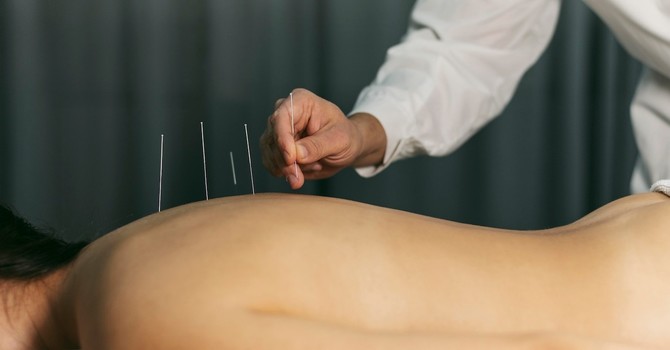
Dry needling therapy is becoming increasingly popular for treating various musculoskeletal conditions. But have you ever wondered about its scientific basis? This blog will examine the scientific principles that support dry needling therapy in Texas, explaining how it operates and its efficacy. By grasping the science behind this method, you can better comprehend how it works and the advantages it may offer.
The Basics of Dry Needling
Dry needling is a therapeutic technique that involves inserting thin needles into specific points in the body, known as trigger points or myofascial trigger points. Unlike acupuncture, which is rooted in traditional Chinese medicine, dry needling is based on Western anatomical and neurophysiological principles. Dry needling stimulates the nervous system and promotes healing in dysfunctional tissues.
Neurophysiological Effects
At the core of dry needling therapy are its neurophysiological effects on the body. When a needle is inserted into a trigger point, it creates a micro-trauma that activates the body's natural healing response. This stimulates the release of endorphins, neurotransmitters, and other biochemicals that help reduce pain and inflammation, improve blood flow, and promote tissue repair. Additionally, the needle insertion disrupts abnormal muscle contractions and restores proper muscle function.
Pain Modulation
One of dry needling's primary mechanisms of action is pain modulation. Dry needling can desensitize overactive nerve fibers and inhibit pain signals from reaching the brain by targeting trigger points, often associated with chronic pain conditions. This can lead to immediate pain relief and improved function in the affected area. Over time, repeated dry needling sessions can produce lasting pain reduction and functional improvements.
Muscle Relaxation
Another critical benefit of dry needling therapy is its ability to induce muscle relaxation. Tight, tense muscles can contribute to pain, stiffness, and limited range of motion. Dry needling can elicit a reflexive relaxation response by inserting needles into trigger points within these muscles, allowing the muscle fibers to release tension and regain their average length. This can improve flexibility, mobility, and overall muscle function.
Fascial Release
In addition to targeting muscles, dry needling therapy can also affect the fascia, a connective tissue surrounding and supporting muscles, bones, and organs. Trigger points in the fascia can contribute to pain and dysfunction throughout the body. Dry needling helps release tension in the fascia, allowing for better movement and reduced pain. This holistic approach to addressing both muscular and fascial components of pain and dysfunction sets dry needling apart as a comprehensive therapy.
Ending Note
The dry needling therapy at Bliss Family Chiropractic is based on the science of its neurophysiological impact on the body. By focusing on trigger points and activating the nervous system, our approach provides a natural and efficient way to address musculoskeletal pain and dysfunction through dry needling treatment in Texas. Whether used alone or as part of a holistic rehabilitation plan, dry needling from Bliss Family Chiropractic can significantly improve the well-being of those seeking pain relief and better functionality.






